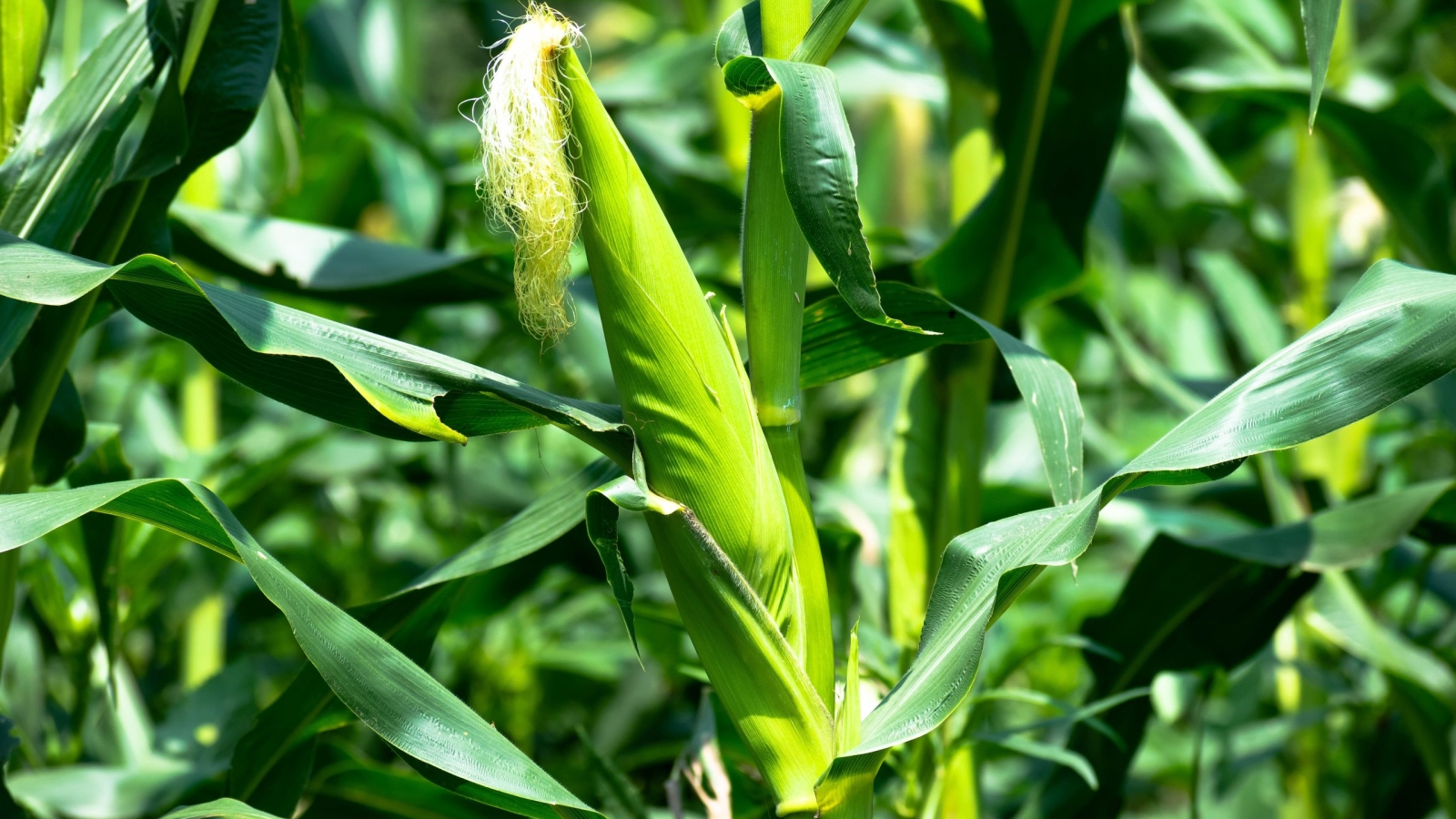Wheat farming in Kenya can be a rewarding venture if proper techniques and practices are followed. Here is a guide on the tips, processes, soil conditions, and disease control measures for wheat farming in Kenya:
I. Variety Selection: Choosing the right wheat varieties is crucial for successful farming in Kenya. It’s important to select varieties that are well-adapted to the local climatic conditions. Consider factors such as temperature, rainfall patterns, and altitude when choosing a variety. Additionally, prioritize varieties that have good disease resistance to combat common wheat diseases prevalent in the region. Consult agricultural experts, seed suppliers, and fellow farmers to get recommendations on suitable wheat varieties for your specific location.
II. Land Preparation: Proper land preparation sets the foundation for a successful wheat crop. Start by plowing the land to break up the soil and create a loose seedbed. Follow this with harrowing to further refine the soil texture and remove clumps. Level the field to ensure uniformity and proper water distribution during irrigation. Additionally, remove weeds and debris from the field to provide a clean environment for wheat establishment and growth.
III. Soil Conditions: Wheat thrives best in well-drained soils with a pH range of 5.5 to 7.5. Conduct a soil test to assess the nutrient content and pH level of your soil. This will help you determine the appropriate soil amendments required to improve soil fertility. Based on the soil test results, you may need to apply lime to adjust the pH or incorporate organic matter such as compost or manure to enhance soil structure and nutrient availability.
IV. Seedbed Preparation: Creating a fine and firm seedbed is essential for optimal wheat germination and establishment. A fine seedbed ensures good seed-to-soil contact, which promotes efficient water absorption and nutrient uptake. Use appropriate tillage equipment to prepare the seedbed, breaking up any large clods and ensuring a smooth surface for planting.
V. Sowing: When sowing wheat, follow the recommended planting depth and spacing for your chosen variety. Generally, wheat seeds are planted at a depth of 2 to 3 cm and spaced around 20 to 25 cm apart. However, these measurements may vary depending on the specific variety and local conditions. Adhere to the recommended seeding rate per hectare to achieve the desired plant population and optimize yield potential.
VI. Fertilization: Proper fertilization is crucial for wheat growth and productivity. Apply balanced fertilizers based on soil test recommendations or general guidelines. It is advisable to split the fertilizer application into three stages. Firstly, apply a basal dose during sowing to provide initial nutrients for seedling establishment. Follow this with topdressing at the tillering stage to support vegetative growth. Lastly, apply another topdressing during the stem elongation stage to support grain development.
VII. Irrigation: Wheat requires adequate moisture throughout its growth stages. Depending on the rainfall pattern in your area, you may need to supplement with irrigation. Irrigate at critical stages such as germination, tillering, and grain filling to ensure proper development and yield. However, be cautious not to provide excessive moisture during maturity, as this can impact grain quality and increase the risk of disease.
VIII. Weed Control: Weed competition can significantly reduce wheat yields. Implement effective weed control measures to maintain a clean and productive crop. This includes both pre-emergence and post-emergence weed management. Prior to planting, use pre-emergence herbicides or manual weeding to control weeds before they become established. After emergence, consider post-emergence herbicides or mechanical methods to further manage weed growth. Crop rotation can also help break the weed lifecycle and reduce weed pressure.
IX. Disease Control: Wheat diseases such as rust, smut, and powdery mildew can pose a significant threat to the crop. To mitigate these diseases, practice disease control measures. Implement crop rotation to break disease cycles and



Leave A Comment